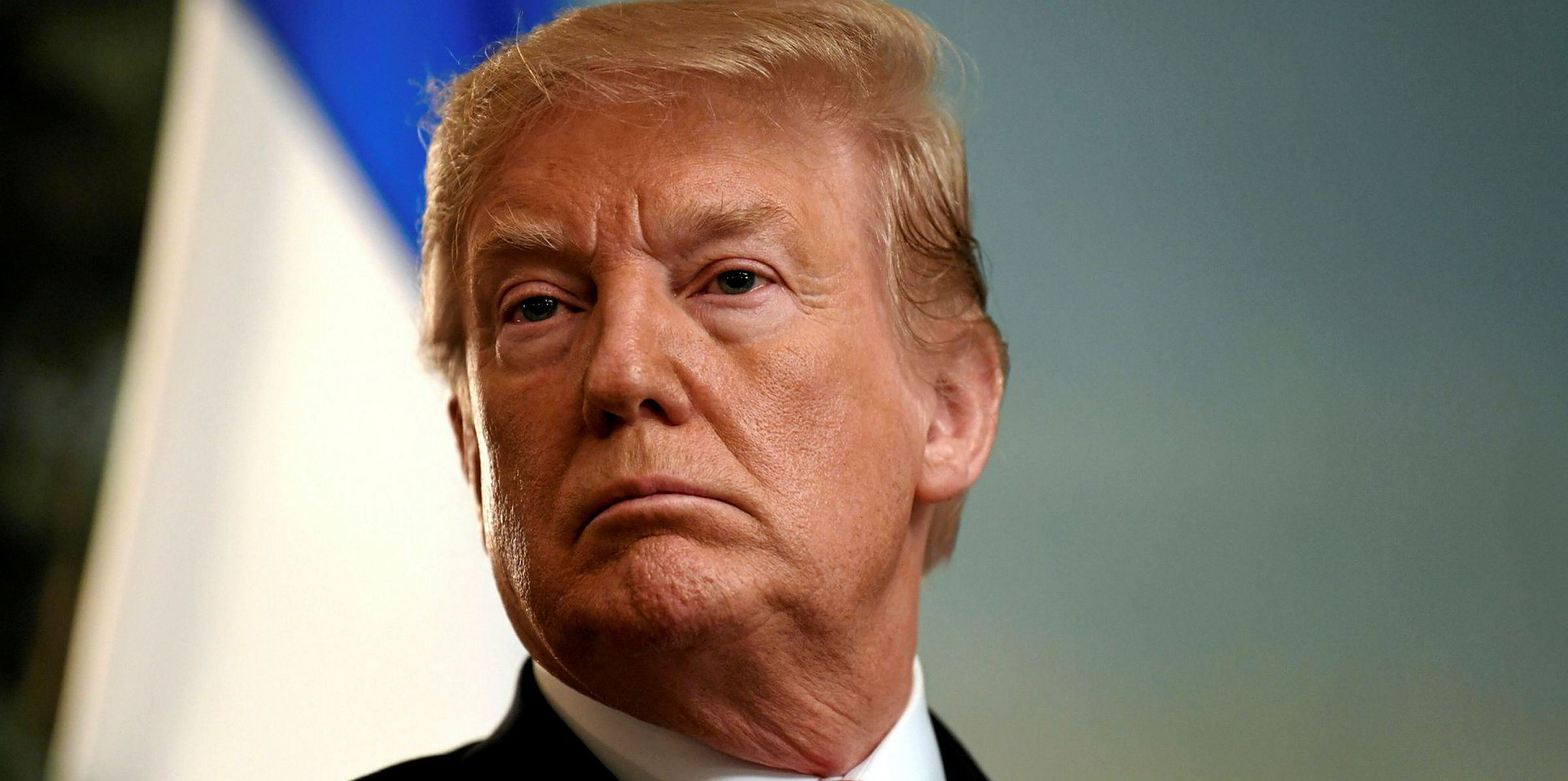China has said it will assess a 25% tariff on US LNG imports from the 1 June, from the current rate of 10% introduced last September.
That move comes in retaliation for a US increase on Friday of tariffs on $200bn in Chinese goods to 25% from 10%.
“In August when the tariffs were first announced, we identified that the tariffs would have different impacts on short term and long term trade,” said Wood Mackenzie.
Only four cargoes have been delivered to China from the US since the tariffs have been in effect, compared to 35 cargoes in the prior September to April period.
“This is despite over 30% growth in both Chinese LNG imports and US exports over the same timeframes,” the research house said.
The last long term contract signed by a Chinese off-taker and US seller was in February 2018, when PetroChina signed a 25 year SPA with Cheniere.
Since then, Chinese buyers have announced both SPAs and HOAs from the rest of the world, including projects in Mozambique and Canada, and portfolio sellers like Qatargas and Petronas.
“An ongoing Trade War between the US and China will continue to create hesitancy for Chinese buyers to sign up for new long term volumes,” said Wood Mackenzie.
Looking forward, Wood Mackenzie said strong supply growth continues to outpace growth in key demand markets through 2020.
“Global supply will grow by 38m tons per annum (tpa) in 2019 and another 30mmpta in 2020, while Pacific markets will only grow by 12mpta and 16mpta, in 2019 and 2020 respectively.
“This market length creates flexibility to redistribute and optimize tradeflows, especially as the US is one of the more distant sources of LNG for China.”
Wood Mackenzie said the increase from 10% to 25% may reduce flows to China further; however, the absolute value of the tariff is partially offset by falling spot prices in Asia – from over $10/mbtu when initially introduced to closer to $5.50/mbtu today.
The US is the fastest-growing LNG exporter in the world, and is expected to rank third in exports in 2019 behind Qatar and Australia. China is the second biggest LNG importer in the world behind Japan.






